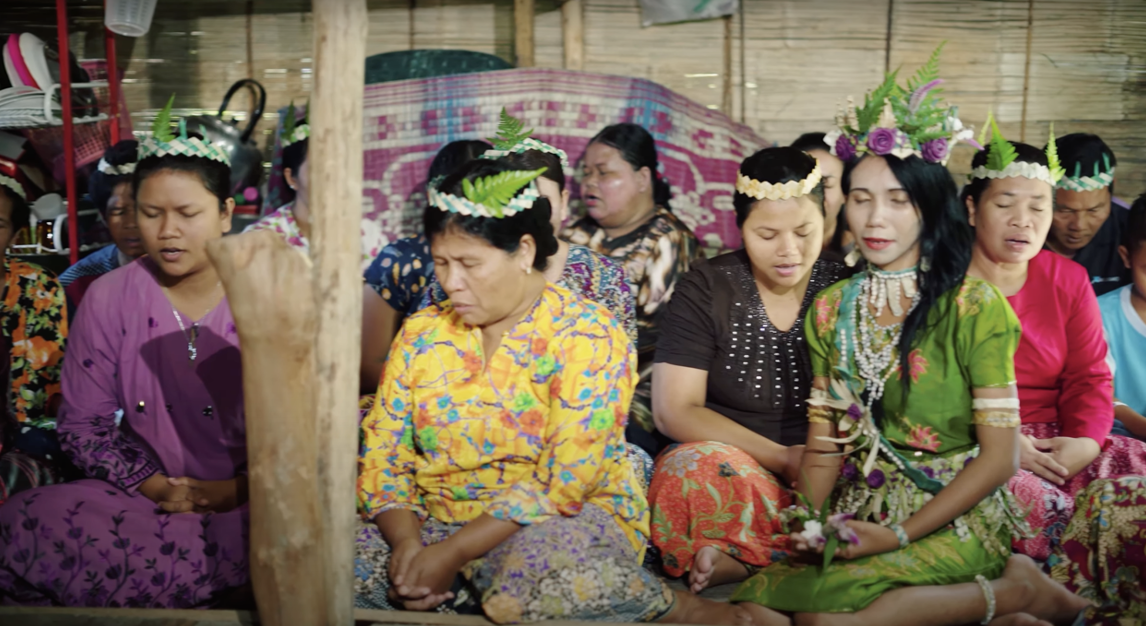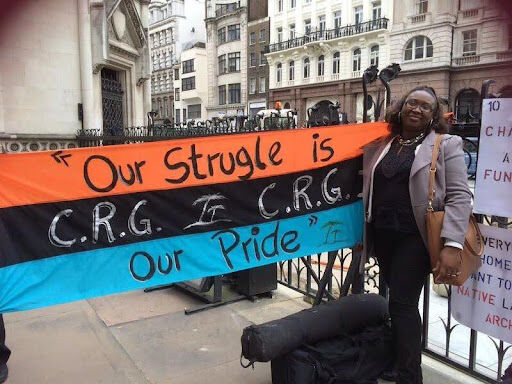6 February: International Day of Zero Tolerance for Female Genital Mutilation

“I was only 10 or 11 years old, when my father decided to circumcise me. I was to become the fifth wife to a 70-year-old man.” A Female Genital Mutilation (FGM) survivor from Kenya spoke out in the opening session of the 62nd United Nations (UN) Commission’s largest meeting on gender equality and women’s health. While many have managed to escape this unfortunate reality, many others continue to succumb to it, particularly young girls.
Female Genital Mutilation: Concept & Prevalence
FGM is a traditional practice of cutting or removing by incision the external part of female genitalia, the vulva, by non-surgical methods usually for a socio-cultural custom rather than for medical reasons. In common parlance, it is also called female circumcision. FGM is a harmful practice that has fatal effects on women’s health and their rights. Observed annually on February 6, the International Day of Zero Tolerance for FGM provides an opportunity for governments, civil society organisations, activists and other stakeholders not only to celebrate the progress made so far, but also to re-engage in meaningful discussions to tackle this problem and raise awareness.
FGM is a prevalent practice in many cultures - over 230 million girls and women have been circumcised worldwide, as per the recent statistics.[2] Africa accounts for the majority of this amount, with over 144 million, Asia comes in second with more than 80 million, followed by the Middle East with another 6 million. Moreover, another 1-2 million people are affected in small practicing groups and destination nations for migration around the world. However [3], new global estimates indicate a 15% increase in the total number of FGM survivors compared to the data released in 2016, indicating that the pace of efforts to stop FGM is steady but gradual.
Theme for 2025: Strengthening International Cooperation
The theme for this year’s International Day of Zero Tolerance for FGM is titled, “Stepping Up the Pace: Strengthening Alliances and Building Movements to End FGM”. This theme emphasises the need for collaboration and teamwork. It calls for action from communities, survivors, youth, men, women, girls, boys, and governmental and non-governmental sectors. Together, these diverse players create a unified worldwide movement that seeks to eradicate detrimental customs and guarantee an FGM-free future.
Implications, Causes and Current Trends: Why FGM Practice Continues Even Today?
FGM has severe underlying complications. It can cause excessive bleeding, severe pain during sexual intercourse, vaginal infections, increased risks during childbirth and psychological trauma. The root belief of this practice is in the notion of exerting a societal control over women, entrenched in preservation of a patriarchal structure in society. Common factors that justify continuing this practice include a belief in the community of viewing it as a religious requirement, preparing a girl for adulthood, as a necessary conventional norm and is often attached with ideas of femininity and womanhood based on an expectation that men will marry only those women who are circumcised.
Other factors contributing to its practice are on medically unfound notions of ‘hygiene’, to ensure marital fidelity by restraining sexual desire and even, a belief that it increases male sexual pleasure. Moreover, in certain cases, the girls themselves wish to undergo this procedure due to peer pressure and fear of rejection from society.
Recent reports compiled by the UN Human Rights Office warn that a current trend of transnational and cross-border FGM is undermining global efforts taken to tackle this problem. This problem is also echoed in this year’s theme. This happens when girls are taken from places where FGM is prohibited to places where it is still prevalent to perform the surgery. Due in part to the discreet nature of cross-border and transnational FGM, the practice persists worldwide despite numerous States stepping up their efforts to end it. This is especially prevalent in Africa - including Kenya, Ethiopia, Somalia and Uganda - and the European Union. [4]
UN Action
The campaign to end FGM is associated with three key Sustainable Development Goals (“SDG”), SDGs 3, 4 and 5 which aim to achieve good health and well-being, quality education and gender equality by 2030. The goal is to strengthen the fight against FGM by ensuring awareness, empowering women and to preserve women’s health and their human rights.
Since 2008, the United Nations has been leading the world's largest campaign against female genital mutilation in collaboration with UNICEF and UNFPA. Operating in 17 countries, the Joint Programme on the Elimination of Female Genital Mutilation supports more than 11,000 grassroots organizations and movements headed by survivors that push for social norm changes and legal reforms. Although there has been improvement, the present rate of reduction needs to increase 27-fold in order to reach the 2030 target of ending female genital mutilation.
The 2024 UN Report highlights the need for regional and international efforts to eradicate cross-border and transnational FGM by allocating resources to draft and implement national policy frameworks and trans-border cooperation agreements.[5]
GICJ Stance
Geneva Centre for International Justice (GICJ) strongly criticises the FGM practice as it violates the human rights of girls and women to health, to physical integrity and the right to freedom from all forms of discrimination. We recognize the need for a positive shift in normative cultures by engaging in educating communities and strengthening of national and international systems to abolish FGM and support survivors. We urge the international community and all relevant stakeholders to scale up their intervention by substantially investing and strengthening collaborations to effectively eradicate this practice.
[1] https://www.who.int/teams/sexual-and-reproductive-health-and-research-(srh)/areas-of-work/female-genital-mutilation/types-of-female-genital-mutilation.
[2] https://data.unicef.org/resources/female-genital-mutilation-a-global-concern-2024/.
[3] https://www.unicef.org/press-releases/over-230-million-girls-and-women-alive-today-have-been-subjected-female-genital.
[4] Beyond the crossing: Female Genital Mutilation Across Borders, Ethiopia, Kenya, Somalia, Tanzania and Uganda. United Nations Population Fund, New York, 2019. Available at https://www.unfpa.org/publications/beyond-crossing-female-genital-mutilation-across-borders
[5] Report of the Fifty-Sixth Session of the Office of the United Nations High Commissioner for Human Rights on Cross-Border and Transnational Female Genital Mutilation (A/HRC/56/29).







